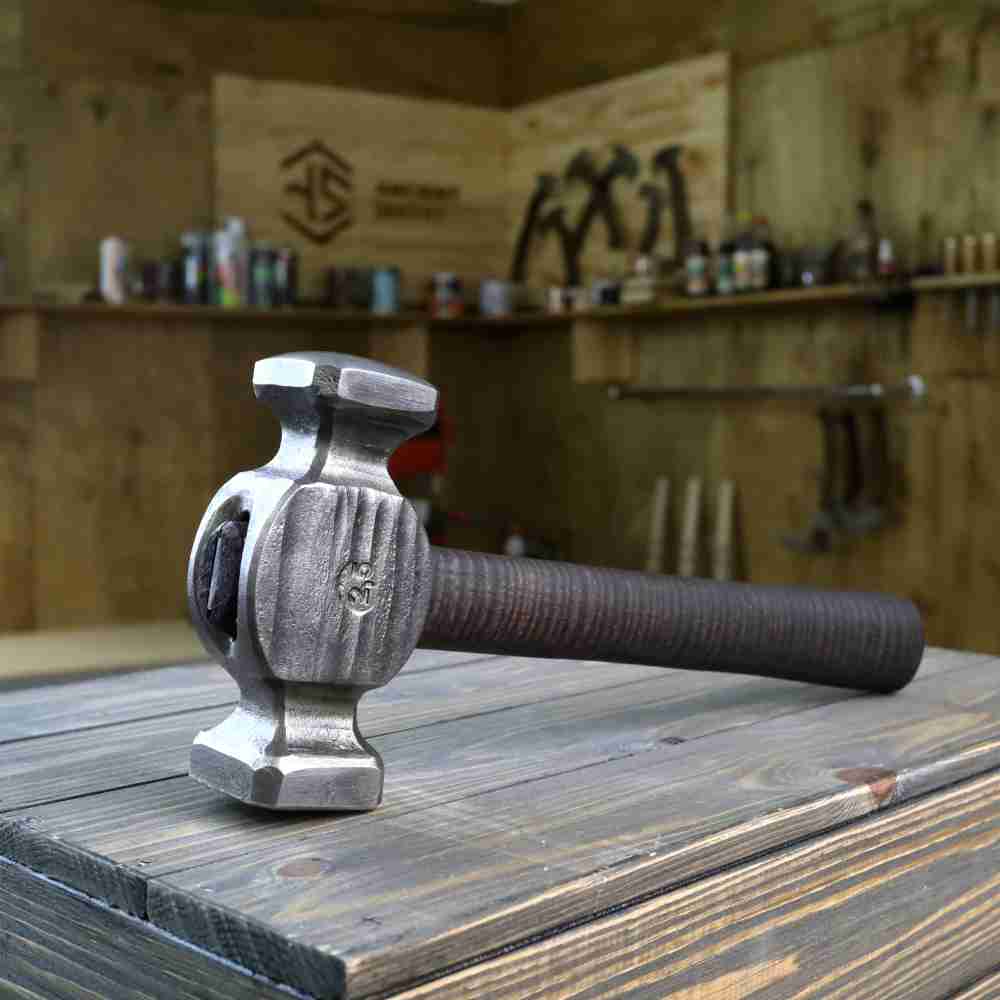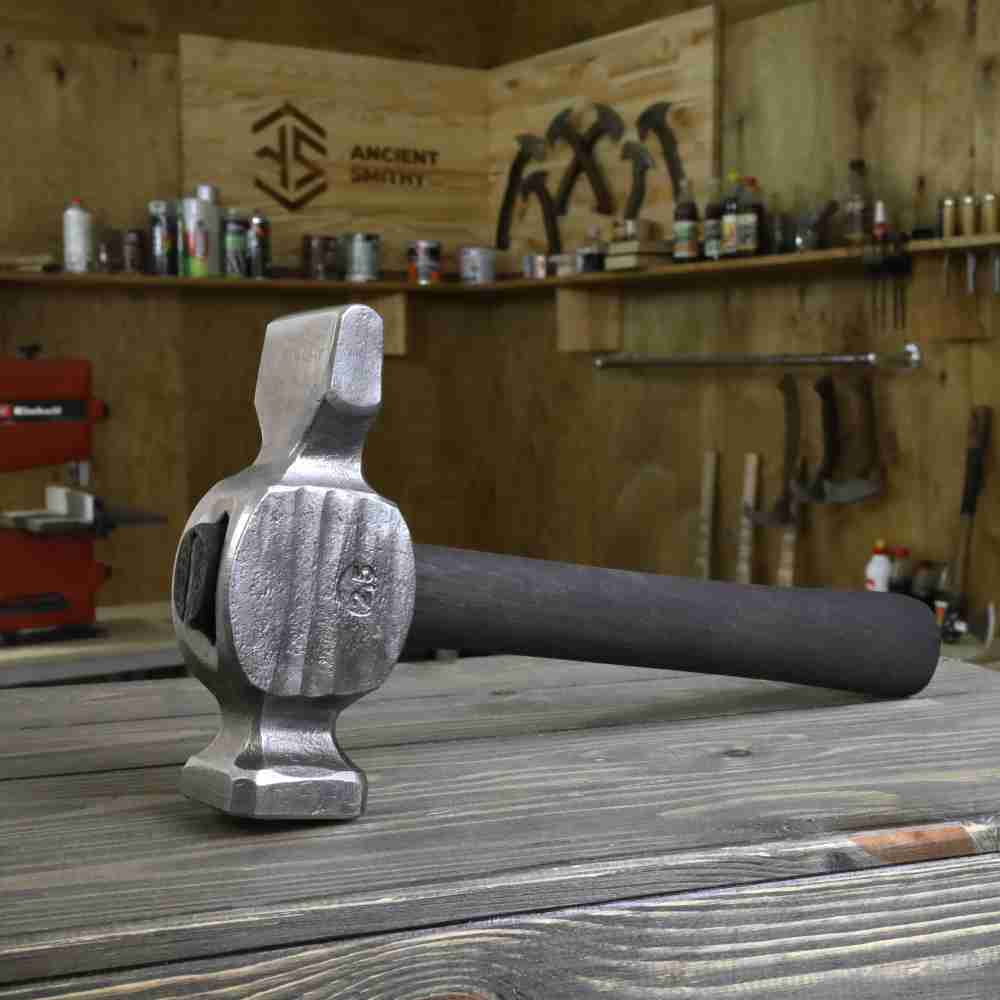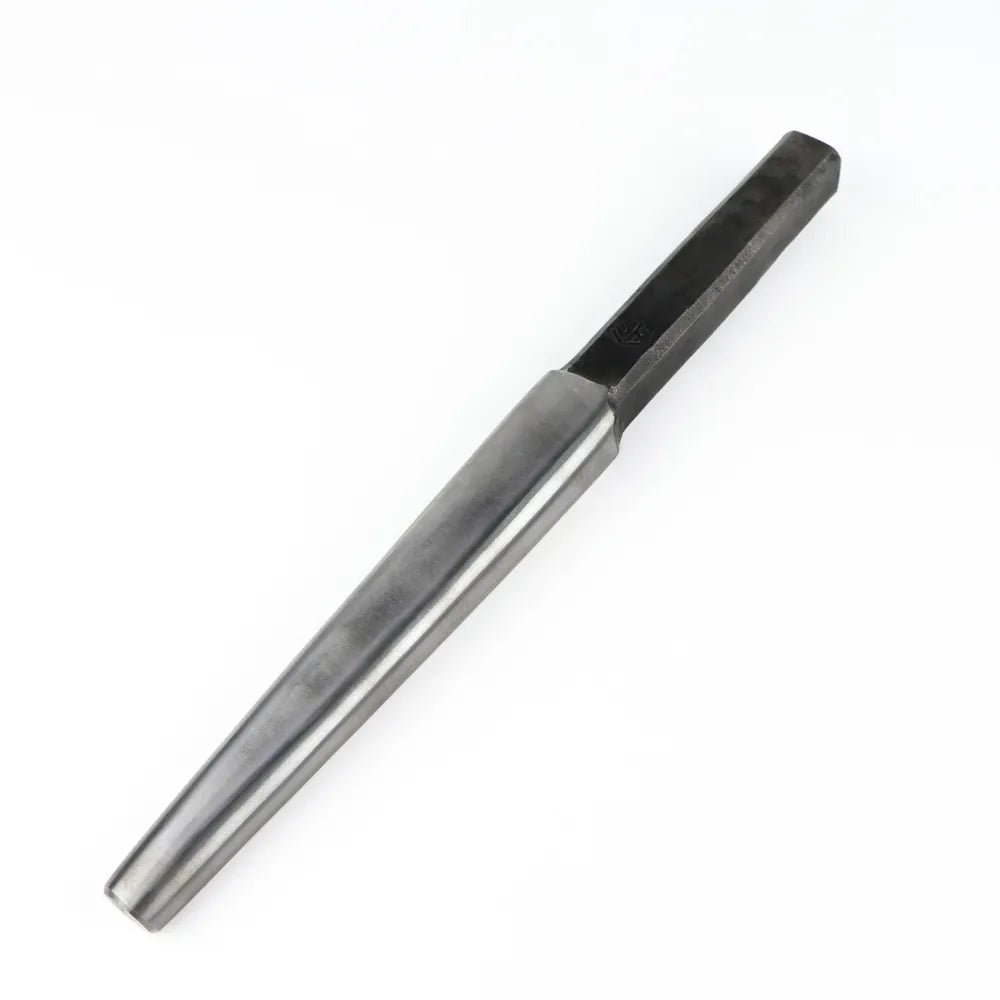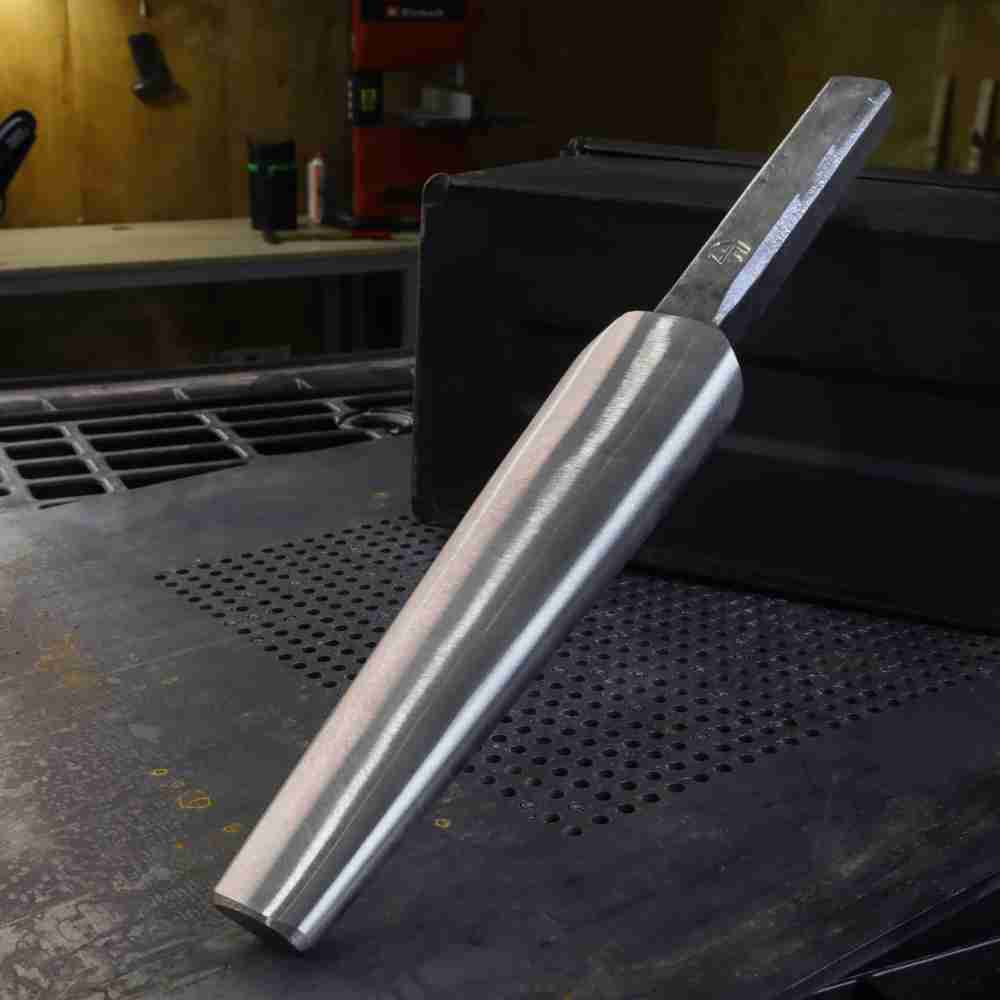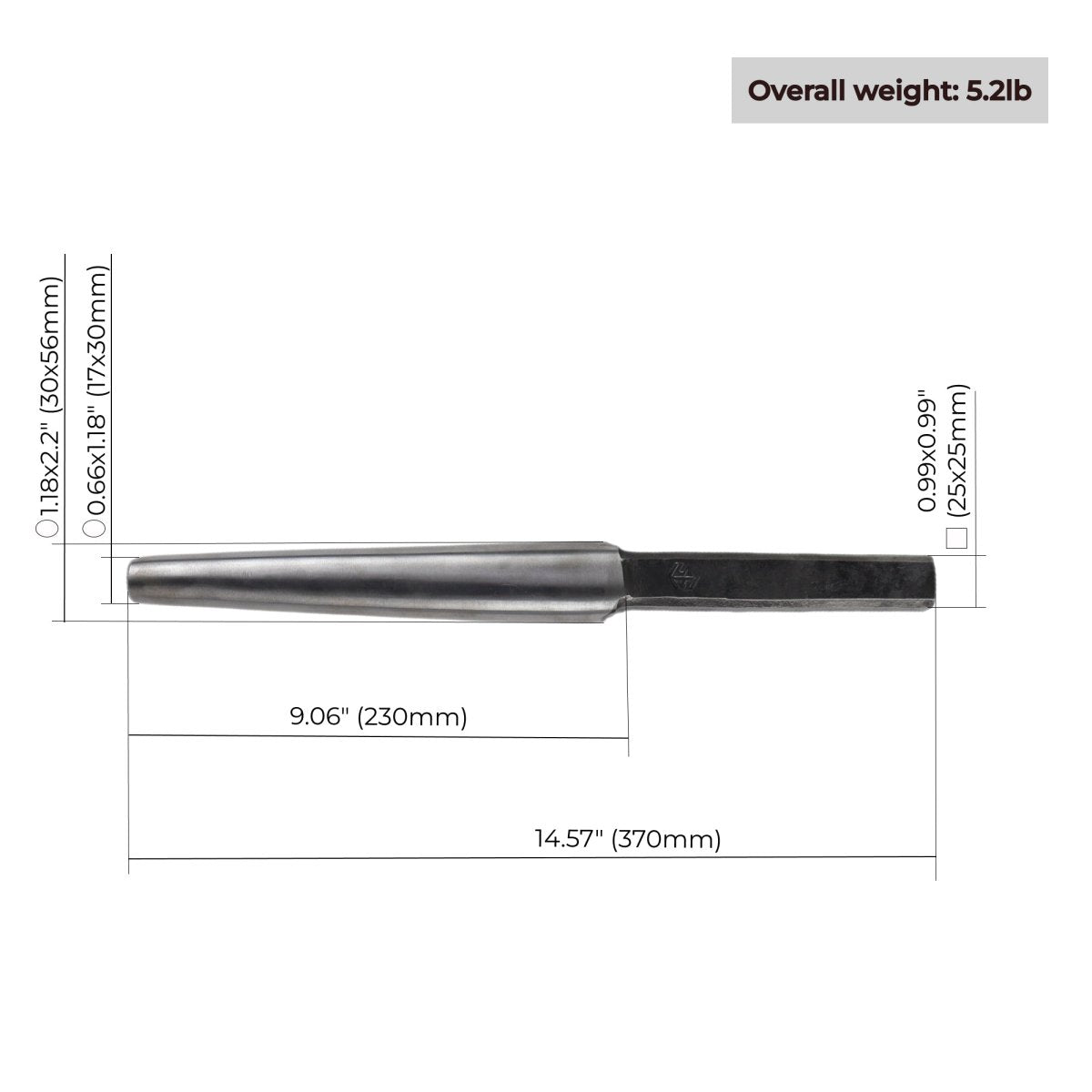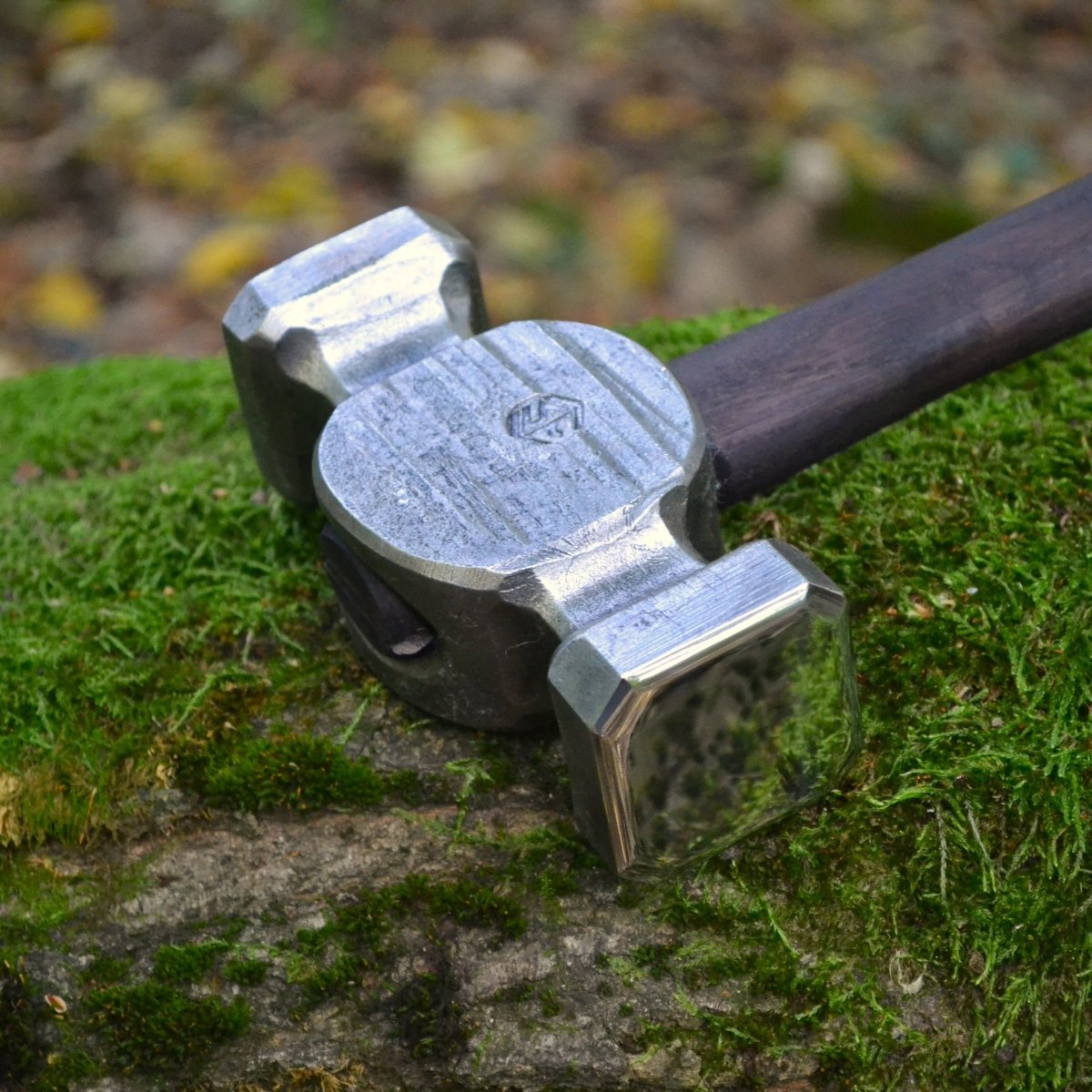
Forging Therapy: The Mental Benefits of Working with Fire and Metal
In a world that moves faster every year – full of screens, stress, and constant noise – the ancient rhythm of the forge offers something rare: silence within fire.
Blacksmithing, once seen purely as a craft of strength, is now being recognized for what it truly is – a form of therapy. Working with fire and metal doesn’t just shape steel; it shapes the mind.
The Healing Power of Focus
At the anvil, there’s no room for distraction. Every strike must be intentional, every motion deliberate.
That focus – the alignment of mind, body, and rhythm – naturally brings a meditative calm.
As the hammer falls and the sound echoes, the world outside fades. Worries lose their grip, replaced by the primal connection between human and element.
In many ways, forging is mindfulness in motion. The heat of the forge becomes a living reminder of presence: you cannot rush it, you cannot fake it – you must simply be there.
Fire as Transformation
There’s something deeply symbolic in turning raw, unshaped metal into something functional and beautiful. It mirrors the process of personal growth – stress, heat, and pressure transforming us into stronger versions of ourselves.
For many artisans, the forge becomes a place to release emotion. The metal takes the tension; the fire refines it. What begins as frustration often ends as creation – a reminder that even chaos can be molded into purpose.
The Physical Connection: Body and Mind in Sync
Modern life often keeps us disconnected from the physical. Blacksmithing restores that bond.
The act of lifting, striking, and shaping with precision engages the entire body, grounding the smith in every sense.
The repetitive rhythm of hammering not only releases endorphins but also lowers stress hormones – similar to running, drumming, or meditation.
And unlike digital or temporary activities, every forged piece stays. It’s tangible proof of time well spent, of effort turned into legacy.
Community and Craft
Forging therapy isn’t limited to solitude. Blacksmithing communities – whether local workshops or online circles – offer connection, mentorship, and shared passion.
There’s a unique bond among those who work with fire: a quiet understanding built not on words, but on respect for craft and patience.
Learning from others, teaching newcomers, or simply sharing the forge space creates a sense of belonging that modern life often lacks.
It’s not just about the metal – it’s about being part of something older, deeper, and truly human.
Building Confidence Through Creation
Forging demands patience – and rewards it.
Each finished hammer, axe, or tong is a testament to perseverance. The process teaches acceptance of mistakes, adaptability, and pride in small progress.
Even a single polished strike on steel reminds the smith: you are capable of shaping more than metal.
That’s why many veterans, artists, and people recovering from burnout or trauma turn to forging. The act itself becomes therapy – a way to rebuild confidence, one spark at a time.
From Craft to Legacy
At AncientSmithy, we see forging not just as production, but as preservation – of spirit, history, and self. Every handmade axe or hammer carries a fragment of its maker’s energy, patience, and emotion. It’s proof that even in the modern world, creation can still be sacred – an act of healing and meaning.
So when the forge glows and the steel begins to move beneath your hand, remember: you’re not just making a tool.
You’re reconnecting with the oldest form of meditation – one that has guided humanity since the first spark met iron.






